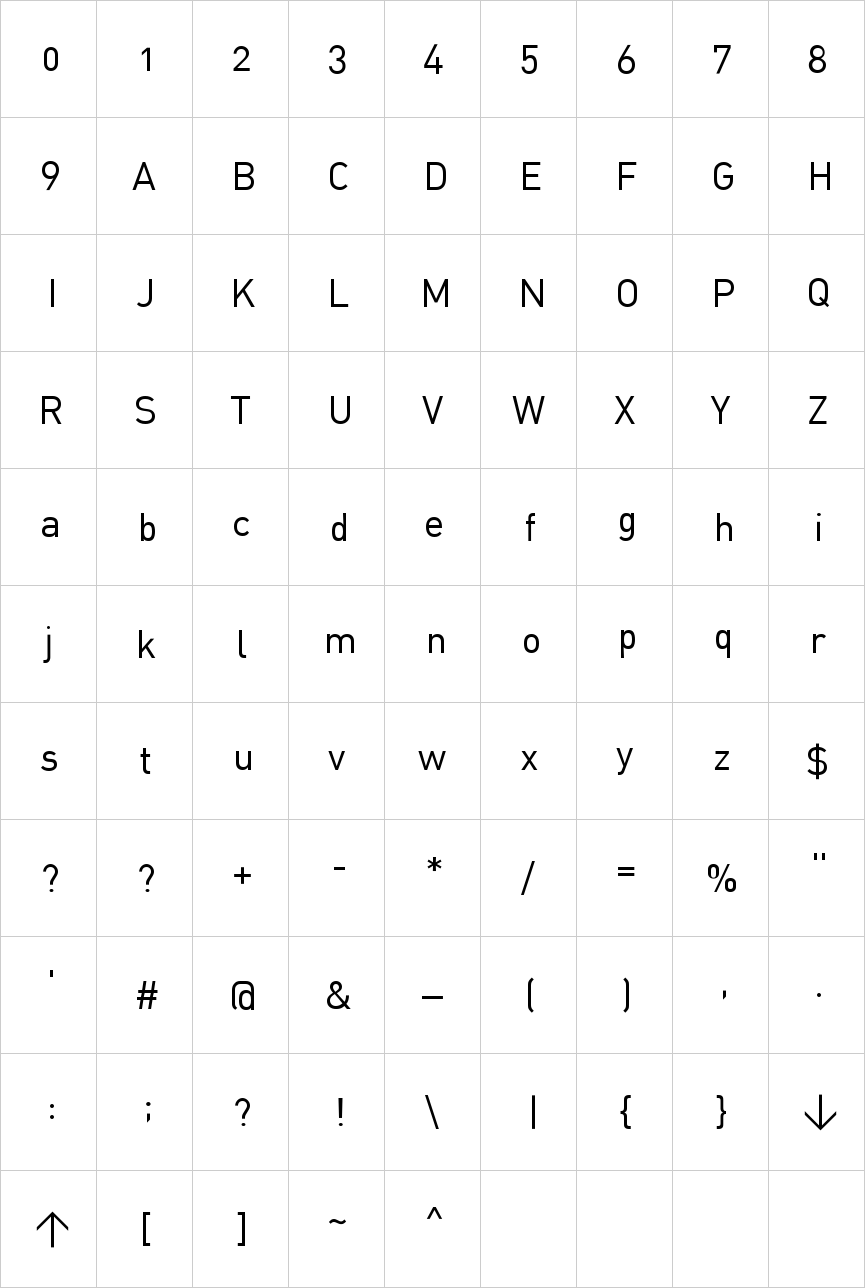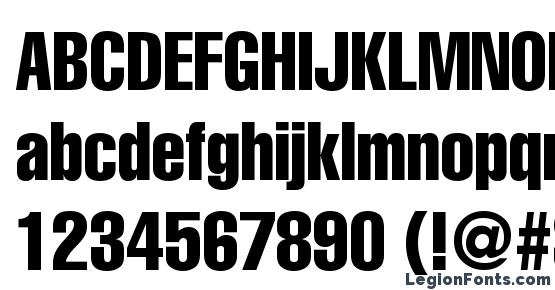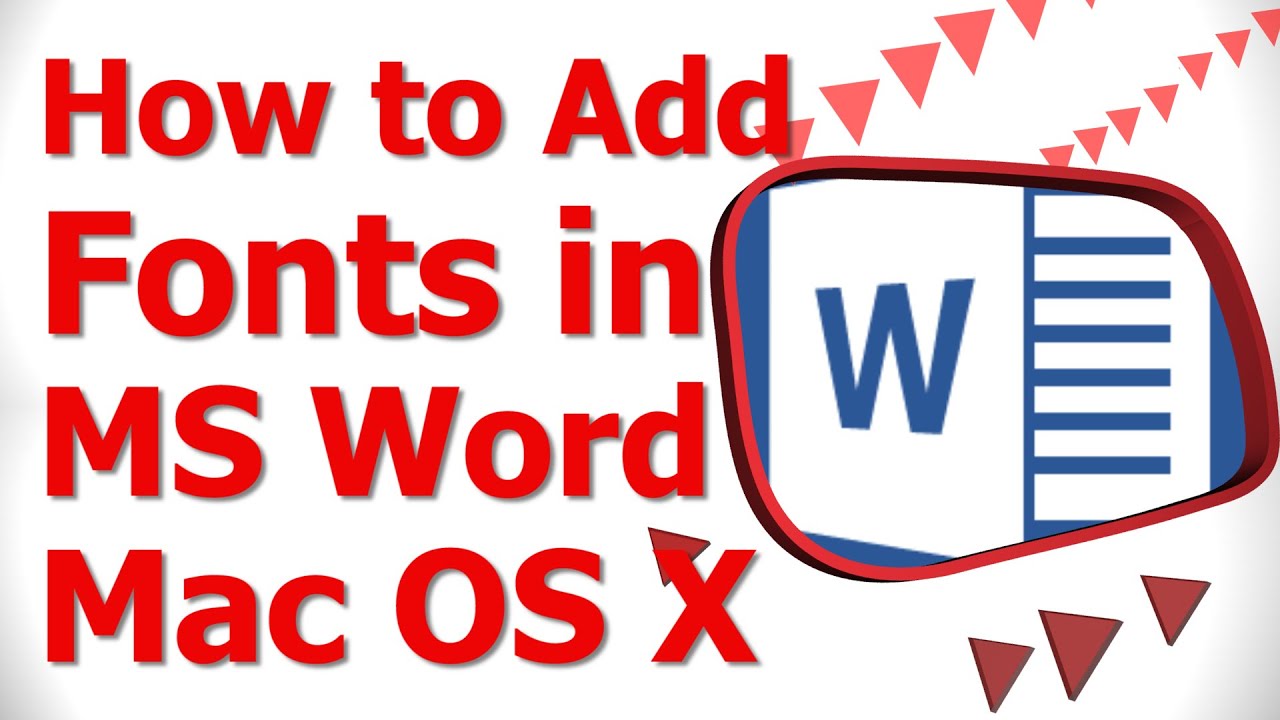
These fonts include Apple Chancery, Arial, Baskerville, Brush Script, Futura, Georgia, Gill Sans, Impact, Papyrus, Times New Roman, Trebuchet, Verdana, Webdings, Wingdings (1, 2 and 3) and Zapfino. In Catalina, all the fonts not required by the system-but that Apple wants to make always available to apps-are placed into a Supplemental folder, located in System/Library/Fonts. This collection appears in the Fonts window in an app. All Fonts: Every font associated with the Computer and User collections, as well as additional system fonts available for download.

If the preview pane isn’t shown, choose View > Show Preview. To add to the fun, FontExplorer showed the former locations of those font files-where the font files lived before Catalina moved them. In the Font Book app on your Mac, select a font collection in the sidebar to see the fonts in it. I noticed that hundreds of fonts in FontExplorer were marked as Conflicts, colored red in its list of fonts. I don’t expect the Catalina font chaos to return, since FontExplorer won’t try to activate any font already activated by the System. What about the now-inactive fonts I need for my projects? No problem: with FontExplorer’s auto-activation feature enabled, any new fonts needed when I open documents or apps are automatically activated.

Apparently, there is a conflict between some of the Mac’s core fonts and some fonts that I long ago had activated in FontExplorer. After confirming that I had cleared the font caches and checked permissions on Fonts folders, I disabled all the fonts in my font manager, which, in my case, is, FontExplorer X Pro.

Finally, I contacted the font experts at Monotype.


 0 kommentar(er)
0 kommentar(er)
